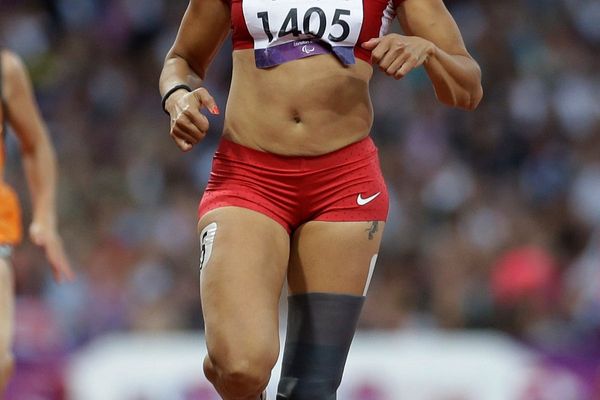
After a long, quiet stretch for Green Bay Packers edge rusher Lukas Van Ness, the rookie first-round pick has come on strong over the last four games.
Since Week 12, Van Ness has recorded six pressures and two sacks while averaging about 23 snaps per contest during that span. Out of 113 eligible edge rushers over those four games, Van Ness ranks eighth in PFF’s pass-rush productivity metric, which takes into account the number of pressures generated relative to the number of pass-rush opportunities a player has had.
This recent surge from Van Ness comes on the heels of what was a dry spell from a production standpoint and shows the growth he’s experiencing in his first NFL season. Van Ness has 13 total pressures on the season, with six coming over the last four games. If we take away his five-pressure performance in Week 1 against Chicago, Van Ness went nine games, from Weeks 2 through 11, creating just two combined pressures while still being on the field for roughly 20 snaps per game.
“That transition is huge for a man’s success in the transition in this league,” said pass rush coordinator Jason Rebrovich. “Has he done that? Yeah. We’re how many weeks deep into the NFL season for him, and has he progressed? Yea. You can see that happened when he transitioned in the red zone to get himself the opportunity to make a play on No. 15 (Patrick Mahomes).”
Van Ness entered the NFL with terrific size at 6-5 and 269 pounds and elite athletic testing, posting a Relative Athletic Score of 9.39. That in itself at the edge rusher position can give a player a high floor. However, what he lacked was experience at the position, and he needed overall refinement to his game.
Coming out of Iowa, Van Ness is what many would have classified as raw, playing fewer than 900 career snaps, with the majority of them coming as an interior defensive lineman. It wasn’t until his final season that he fully transitioned to more of an edge rusher.
In the early going of this season, you saw a player with an incredible combination of burst and strength. But what was missing was that secondary pass rush move and, at times, a plan of attack as a pass rusher. Against NFL talent, pass rushers simply can’t run around or through every offensive tackle, and need to be able to counter on the fly.
“When you say improvement,” added Rebrovich, “to me, there’s a few stages of that. When you’re doing improvement, there’s a pre-snap process. The thing about transitioning from college, defensive linemen, outside linebackers, when they look to the sideline right now in college football, it’s a picture, and it’s telling you what to do. There is no pre-snap process. They don’t know if it’s a near-gun set, or far-gun. They don’t know who the tackle set is. They don’t even know how to line up half the time.
“So that pre-snap process is a huge part of developing him throughout this process, and he’s doing a hell of a job with it because he’s a smart, gifted kid.”
Along with Van Ness’ improved understanding of the pre-snap process and how to then best execute on what he’s seeing, for the entire Green Bay defensive front, we’ve seen more stunts utilized this season to cause some chaos for the offensive line and to give Van Ness and the other pass rushers more free runs or one-on-one opportunities.
“We call it SAKRAT,” said Rebrovich of the pre-snap process. “Stance, alignment, key, recognize formation, and technique. So we go through that pre-snap process.”
In selecting Van Ness, the Packers knew that there would be a learning curve for him, and in having Rashan Gary and Preston Smith to lean on, they had the luxury of bringing the rookie along slowly. As is often the case with Green Bay’s draft picks, it’s about the long-term upside versus the instant gratification of a more immediate-impact player.
As is the case for any young player, it will be important that Van Ness continues on this upward trajectory and finishes out the season strong–making what we’ve seen from him recently the norm rather than having it be the outlier. But we are starting to see the production-side of things come after patience was initially required.







